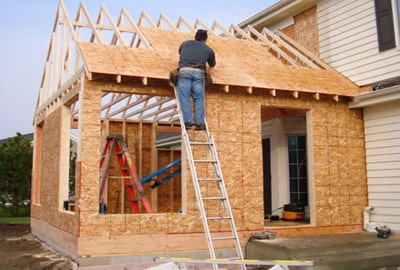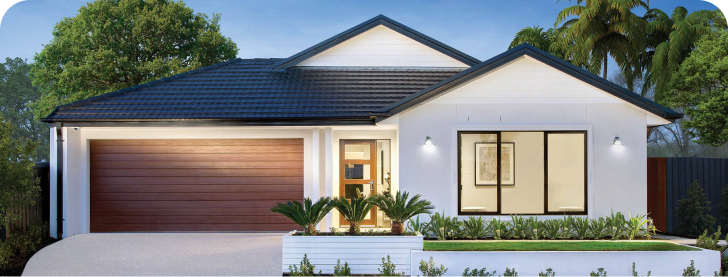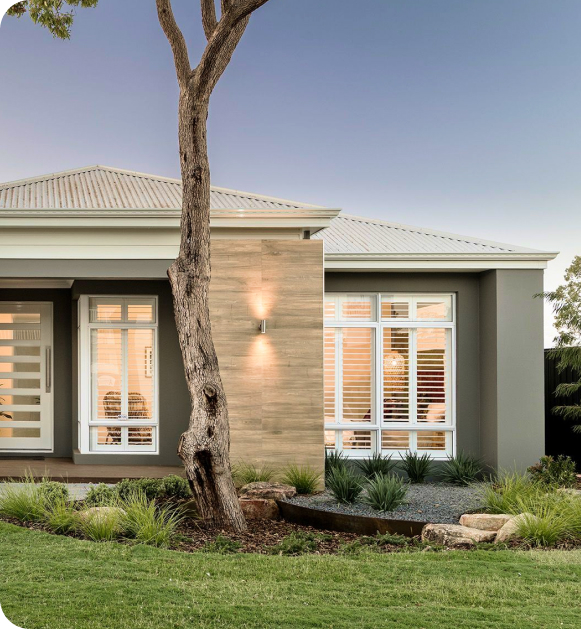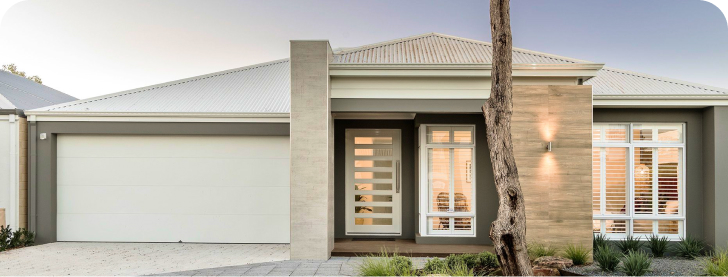
Most homeowners face the problem of lack of space sooner or later. Growing families need an additional place. However, it is often also about living together with their aging parents who need an extra room or even a small detached house.
Fortunately, now there is a solution or two ways to solve this problem: accessory dwelling units and home additions. Both ADU and home addition allow homeowners to create more living space. Moreover, both of these options are located on the same property where the main house is located. Consequently, many homeowners have doubts: which option to choose to expand the living space?
In this article, we will look at all the main aspects that should be taken into account when picking a way to create more space, such as the cost, the time needed to spend on construction, the necessary permits, and much more.
The first thing you should consider when planning to create a new space is the cost of ADU and home addition. Both options are traditionally considered affordable housing options, since you pay much less for the construction of these facilities than for a brand-new house on an empty plot. However, we need to find out which of the options is cheaper.
Obviously, we cannot predict how much a certain type of room addition will cost because each case is unique and depends on many factors such as area, materials, preferences, and much more. However, according to the average check, prices for this type of service start from 20 thousand dollars. You should expect that the sum will be at most 70 thousand dollars.
When it comes to accessory dwelling units, the total project cost is 200 thousand dollars. It does not mean that you will spend that much. Building a relatively small ADU without any expensive solutions and materials may cost you more than 50 thousand dollars.
Now that you know that the difference between costs for ADUs and room additions is not that significant, it is time to discuss timeframes. How long does it take to build an ADU? Well, you will have to wait for a few months before the project will be completed. Professionals tend to finish accessory dwelling unit construction within 7–14 months.
If you want to extend your living area by building a home addition, it will only take a few weeks. Since there is no complicated foundation work (when compared to the case with ADUs), you can expect to get the work completed in approximately 15 weeks.
It is not surprising that ADU construction takes more time than building a home addition. However, you should keep in mind that while a team of professionals is building a detached ADU for you, all your family members can happily live in the main house. On the other hand, usually, you will have to move out or at least will have limited access to some of the rooms during the home addition building process.
For example, you may need help to be able to use a primary bedroom when constructing an additional one, which is extremely inconvenient.
In general, any kind of addition to the existing house requires a building permit. Moreover, you also need to acquire a permit before converting a room or a detached building, such as a garage or a shed, into a family room or an extra bedroom. Therefore, you will have to obtain building permits for home addition and ADU construction anyway, so there is not much difference here.
Concerning zoning requirements, they vary drastically. There are no particular limitations when it comes to planning additions, except for sizing and story limits that may be implemented in your case. On the contrary, before constructing an attached and detached ADU, you have to carefully study numerous zoning requirements. Firstly, all the ADUs must have their own bathroom facilities. Secondly, there can be no ADU without a fully equipped kitchen.
Finally, each ADU must have a separate entrance. Therefore, an ADU is a completely separate building, and it is a fundamental difference between an accessory dwelling unit and a room addition.
When planning any renovation as well as the construction of a new structure, whether it is a room addition or ADU, you can use the same set of financing options.
Now let us compare the design possibilities and architectural plans for ADUs and room additions.
At first, it may seem that in the case of a single-room addition, there is not much variety, but this is not the case. In fact, you can choose between various living spaces:
Talking about ADUs, we should first mention that you can choose between attached and detached units, but there is also another option relevant to additions, too.
Accessory dwelling units not only allow you to optimize the usage of the existing square footage, create a new living space, and provide you with additional rental income but also increase the property and resale value. Having a tiny house, you can still sell your property, but you are unlikely to be able to get a large sum when reselling. By building an ADU, you can increase the value of the property by about 30%. You can also expect the resale value to increase by 50%.
Room additions can also increase the resale value of your property, but the percentage by which it will increase will be less significant. Thus, the more significant the home renovation or addition, the greater the increase in resale value.
The first thing you will need to do is to make sure that the project stays on track and that all your ideas are brought to life. When the new living space is created, you will have to maintain it. Does it take a lot of time, effort, and money to maintain a backyard cottage or so-called carriage house? No, it actually does not! It is way less challenging than keeping up an existing structure, so there is nothing to worry about.
This is why now, when multi-generational living is a major trend in many communities, many people tend to build a room addition or ADU for their aging parents, so they can live there happily without worrying about house maintenance.
Another advantage of ADU is that since you are building an almost independent building, you can apply modern energy solutions that will significantly reduce costs. For example, one of the most popular ideas now is the use of solar panels for energy storage and for the most efficient use of it. In general, due to the relatively small size of ADUs, it is not as expensive to maintain as the existing house. Speaking of room additions, there is no point in discussing energy efficiency since all costs, in this case, are associated with the main house.
If there are no local building codes that restrict building conventional additions and ADUs in your area, it will mean that you can build any addition you need and use it how you want. When creating a room addition to the existing home, you may use it as a bedroom or a dining room. However, you cannot be that flexible since the added room and its residents are still dependent on the main house.
On the contrary, an ADU has a separate entrance and enough space for its own bathroom and kitchen, so residents of the building can live independently there.

When it comes to increasing the square footage of the house, property owners will have to pay increased taxes. Thus, any additions will lead to additional taxes and recalculation. Moreover, if you convert an existing space into a newly equipped one, you will also have to pay more. Building an ADU also increases property taxes. On the other hand, this does not lead to a recalculation of taxes on the existing house, so you should not be afraid of an increase concerning the main building.
There are no significant drawbacks because of which it is worth dissuading you from building an ADU. However, if you still have not chosen between an ADU and a conventional addition to arrange a master suite or home gym in it. You should keep in mind that the construction of a room addition usually takes less time than in the case of an ADU. If a unit is assembled on-site, the whole process is significantly accelerated.
Both ADU and room addition allow you to create new living spaces, but it is not the same thing. Unlike the addition, an ADU is a completely separate building independent of the existing house. Each unit necessarily has a fully furnished kitchen and bathroom, as well as its own entrance. It is the ADU that allows you to have a rental income.
One of the reasons why many homeowners want to build an ADU on their land plots is that it increases the property value. Speaking of California, you can expect that the value of your land plot with an existing home will increase by about 20-30%, thanks to the construction of an ADU.
It is difficult to answer this question unequivocally because each homeowner determines which investments are worth it and which are not. However, the construction of ADUs is objectively a profitable investment that will pay off in the future. You get the opportunity to rent out a unit and thus have additional income and also sell the property at a favorable price for you.











